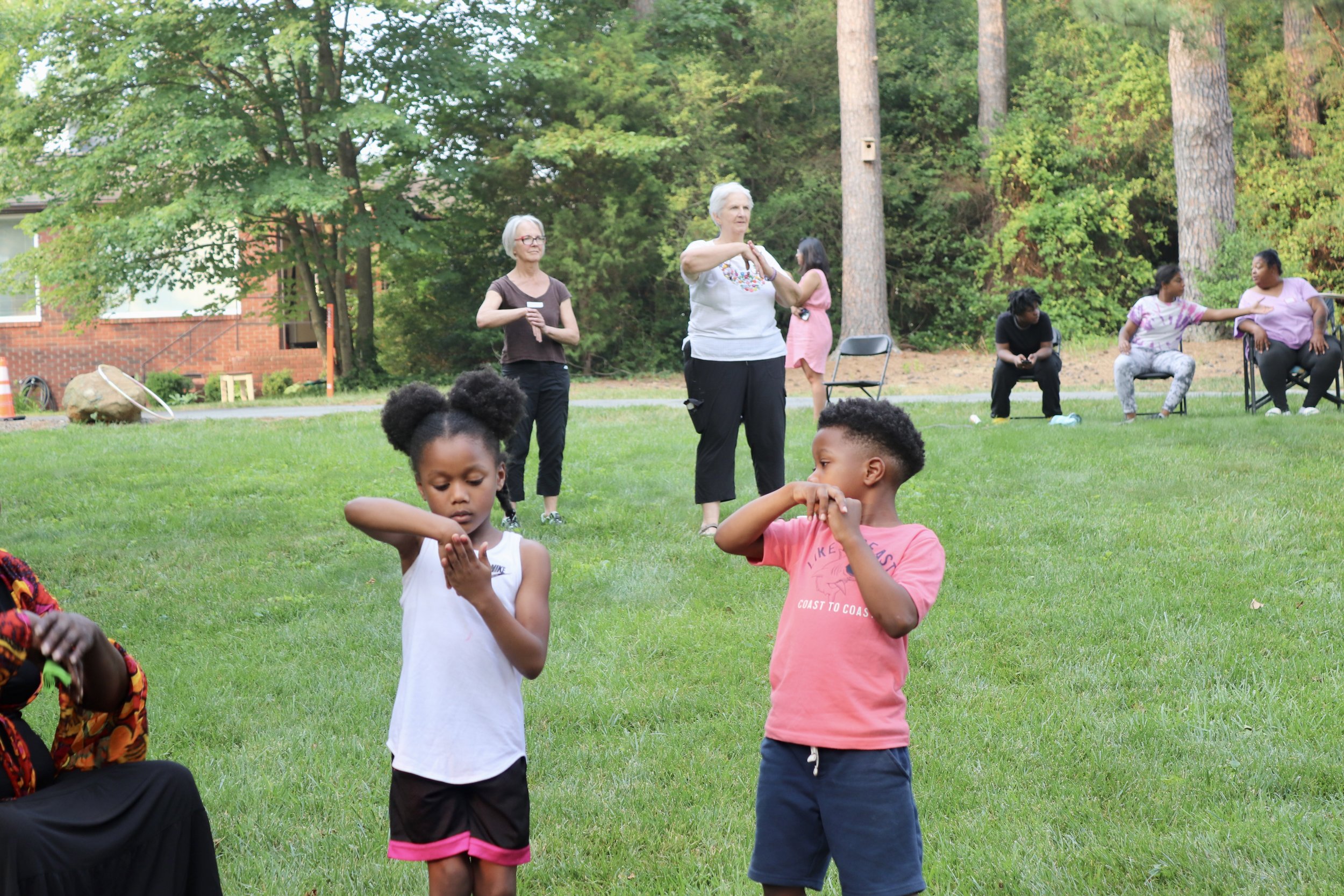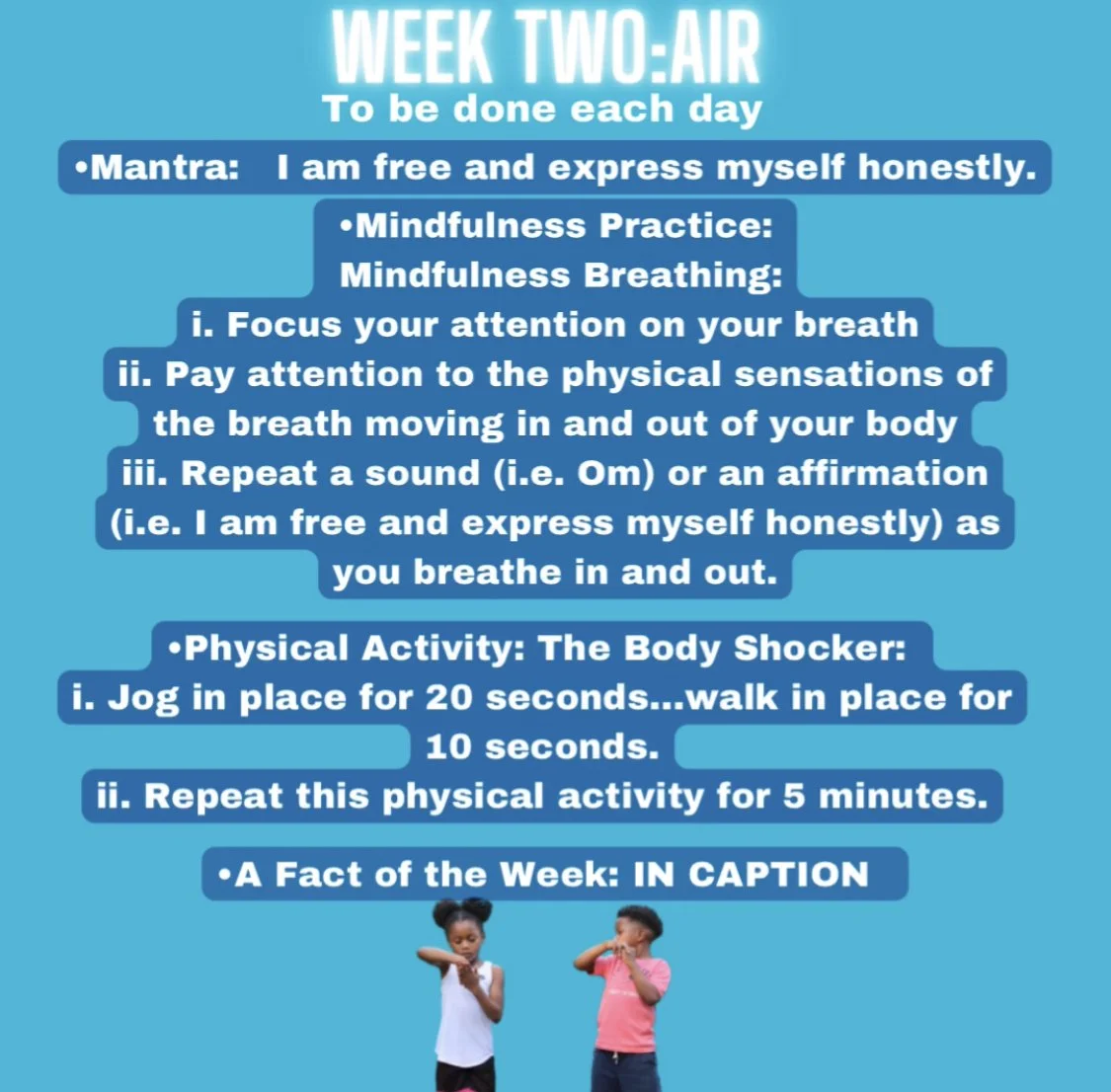
The Self Love & Healing Challenge
What’s it about?
July is a month that honors Minority Mental Health Awareness. Therefore, this practice will focus on educating about minority mental health and all are invited.
This challenge is broken down by the week. Each week will include a theme (the four elements), mantra, mindfulness practices, physical activities, and a fact of the week. This challenge will also include weekly check-ins, weekly videos of encouragement (posted on socials, please follow @healingheightsunltd), and 2 in-person mindfulness practice sessions!
Week one: Earth
Week TWO: AIR
A Fact of the Week:
a. Beverly Greene is the author of the landmark article “When the Therapist is White and the Patient is Black: Considerations for Psychotherapy in the Feminist Heterosexual and Lesbian Communities.” She is a pioneer of intersectional psychology, and her work on heterosexism, sexism, and racism has illuminated how different intersecting facets on a person’s identity shape their experiences of privilege, oppression, and mental health. Dr Greene’s work earned her the honor of the Distinguished Publication Award from the Association for Women in Psychology in 2008.
Week THREE: FIRE
A Fact of the Week:
a. Mental illness affects one in four Americans. However, African Americans are disproportionately more likely to experience mental health issues and social stigma. Historical adversity, which includes slavery, sharecropping and race-based exclusion from health, educational, social and economic resources, translates into socioeconomic disparities experienced by African Americans today. African American mental health statistics show that socioeconomic status, in turn, is linked to mental health. People who are impoverished, homeless, incarcerated or have substance use problems are at higher risk for poor mental health.
Week Four: Water
A Fact of the Week:
Herman George Canady was a prominent Black clinical and social psychologist. He is credited with being the first psychologist to study the influence of rapport between and IQ test proctor and the subject, specifically researching how the race of a test proctor can create bias in IQ testing. He also helped to provide an understanding of testing environments that were suitable to help Black students succeed.



